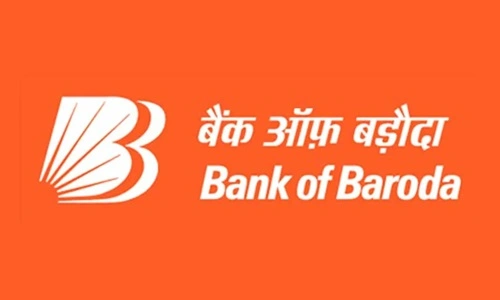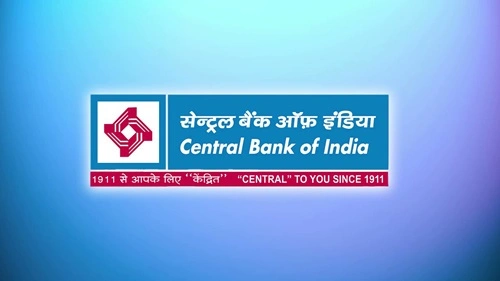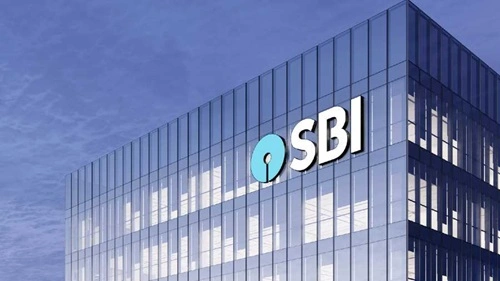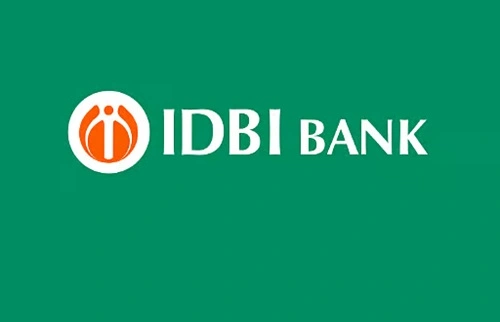Yes, Bank of Baroda is a nationalised bank in India. And that’s not it, you see, it is also the 2nd largest public sector bank in India by market capitalization. If you look at how much the government of India owns Bank of Baroda, then that number is almost 64%.
A Quick Look at the History

The Bank of Baroda (BOB) came into being on 20 July 1908 at Vadodara (previously Baroda) by Maharaja Sayajirao Gaekwad III. It was then a private institution set up to serve the people of that region.
In 1910, the bank established the Ahmedabad branch, which gradually began to expand in that region.
The 1950s saw the start of Bank of Baroda’s global journey. It opened branches in 1953 in Mombasa and Kampala, in 1954 at Nairobi, Dar-es-Salaam in 1956, and London in 1957. Hind Bank of Calcutta was taken over in 1958, facilitating further expansion within India through a merger.
Post-nationalisation in 1969, the bank picked up pace and proceeded with its expansions across the Indian subcontinent and abroad.
In the succeeding months, the merger of Bank of Baroda with Vijaya Bank and Dena Bank was carried through, with approval of the Indian government in September 2018. The merger then came into effect from April 1, 2019. As a result, with a network of 9,500-plus branches and more than 13,400 ATMs across India, Bank of Baroda became the third-largest bank.
Current Financial Condition of Bank of Baroda
And here are some financial numbers that give you actually more reasons to trust Bank of Baroda, like here are the latest numbers from the bank for the quarter ending 31st March 2025:
- Net Profit: ₹5,048 crore (3.3% higher than last year)
- Net Interest Income: ₹11,020 crore (6.6% lower than last year)
- Treasury Income: ₹1,559 crore (doubled compared to last year)
That’s not it, though; the bank’s total loan book grew by 13% and reached ₹10.2 trillion.


